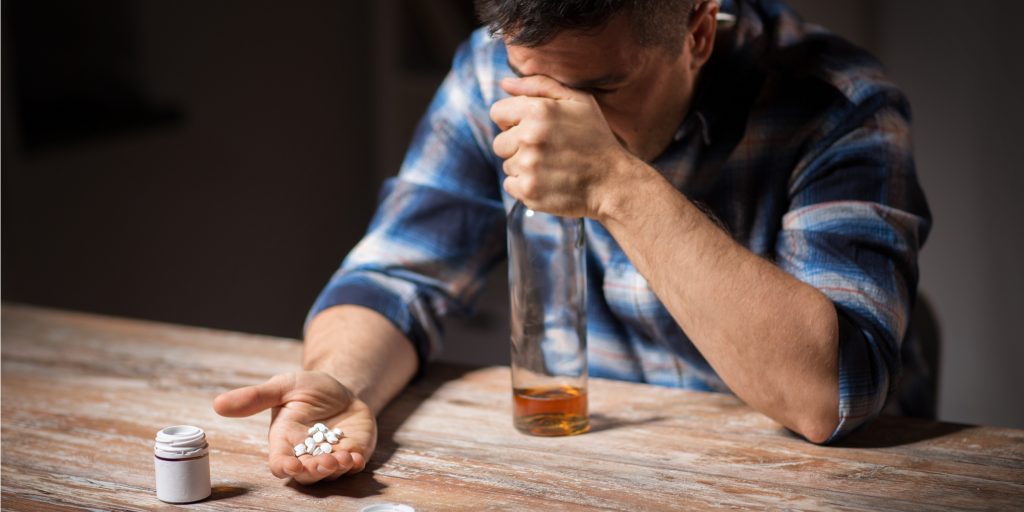The connection between Post-Traumatic Stress Disorder (PTSD) and substance abuse is well-documented, as individuals with PTSD are at an increased risk of developing substance use disorders. The relationship between PTSD and substance abuse is complex and can have significant implications for mental health. Here are some key aspects of the link between PTSD and substance abuse:
- Self-Medication Hypothesis:
- Coping Mechanism: Individuals with PTSD may turn to substances such as alcohol or drugs as a way to cope with the distressing symptoms of the disorder. Substance use may provide temporary relief from anxiety, nightmares, hypervigilance, and emotional numbness associated with PTSD.
- Attempts to Manage Flashbacks and Intrusive Memories: Substance use may be an attempt to manage or escape from intrusive memories or flashbacks related to traumatic experiences.
- Biological and Neurological Factors:
- Neurobiological Changes: Trauma can lead to alterations in brain chemistry and the neurobiological systems involved in stress response. These changes may contribute to an increased vulnerability to substance abuse.
- Dysregulation of Reward Systems: PTSD can impact the brain’s reward systems, making individuals more susceptible to the reinforcing effects of substances, leading to a cycle of use.
- Common Risk Factors:
- Shared Vulnerabilities: Both PTSD and substance use disorders share common risk factors, such as a history of trauma, genetic predispositions, and environmental stressors. These shared vulnerabilities can contribute to the co-occurrence of these conditions.
- Increased Exposure to Traumatic Events:
- Trauma as a Risk Factor: Individuals with PTSD may have a higher likelihood of experiencing additional traumatic events, further increasing the risk of substance abuse. This cycle of trauma and substance use can create a reinforcing pattern.
- Impact on Treatment:
- Complicating Factors: The presence of both PTSD and substance use disorders can complicate the treatment of each condition. Substance use may interfere with the effectiveness of PTSD treatment, and vice versa.
- Relapse Risk: Individuals with both disorders may be at an increased risk of relapse, as addressing one condition without addressing the other may leave underlying issues unattended.
- Social and Environmental Factors:
- Peer Influence: Social environments that promote substance use can contribute to the development and maintenance of both PTSD and substance use disorders.
- Isolation and Stigma: Individuals with PTSD may experience social isolation and stigma, and substance use may be a way to cope with feelings of alienation.
- Co-Occurrence with Other Mental Health Conditions:
- High Comorbidity: PTSD often co-occurs with other mental health conditions such as depression and anxiety, further increasing the risk of substance abuse.
- Treatment Implications:
- Integrated Treatment: Effective treatment often involves an integrated approach that addresses both PTSD and substance use disorders concurrently. This may include psychotherapy, medication, and support groups.
- Trauma-Informed Care: Trauma-informed care recognizes the impact of trauma on individuals and emphasizes safety, trust, and collaboration in the therapeutic relationship.
- Relapse Prevention Strategies: Developing strategies to prevent relapse is crucial. This may involve identifying triggers, building coping skills, and creating a supportive aftercare plan.
Understanding the link between PTSD and substance abuse is essential for developing comprehensive and effective interventions. Treatment approaches that address both conditions simultaneously and consider the individual’s unique history and needs are crucial for promoting lasting recovery and mental health.

